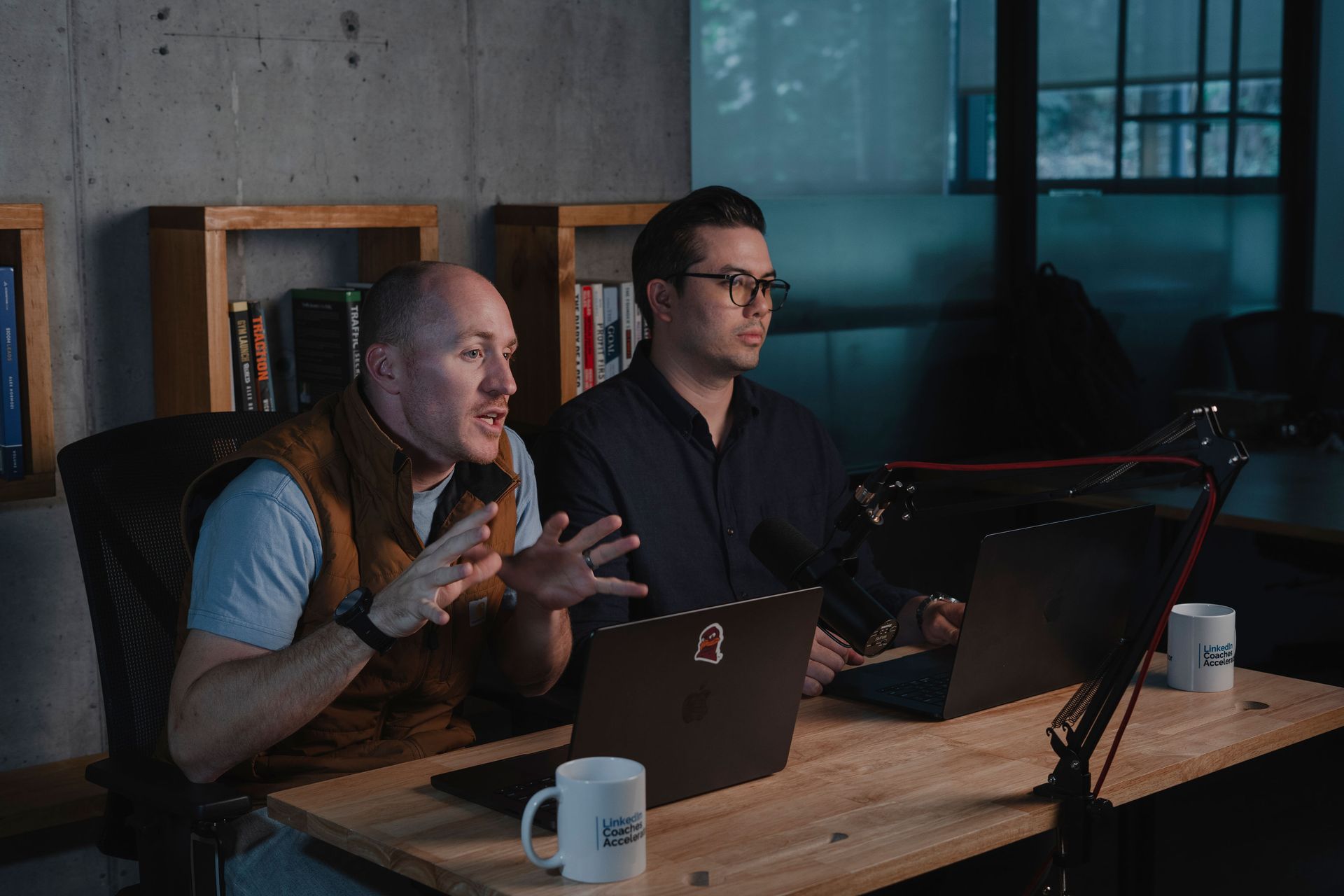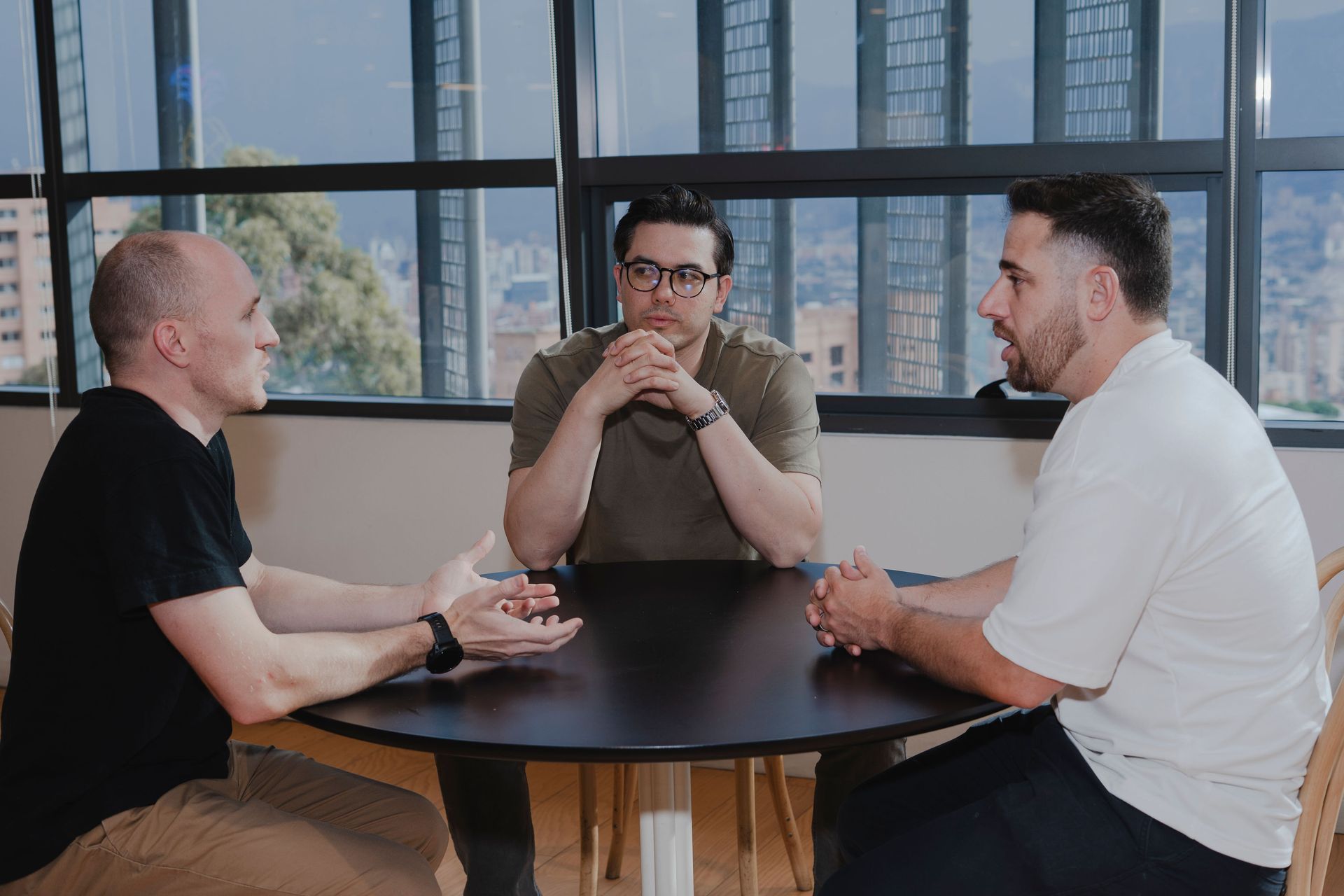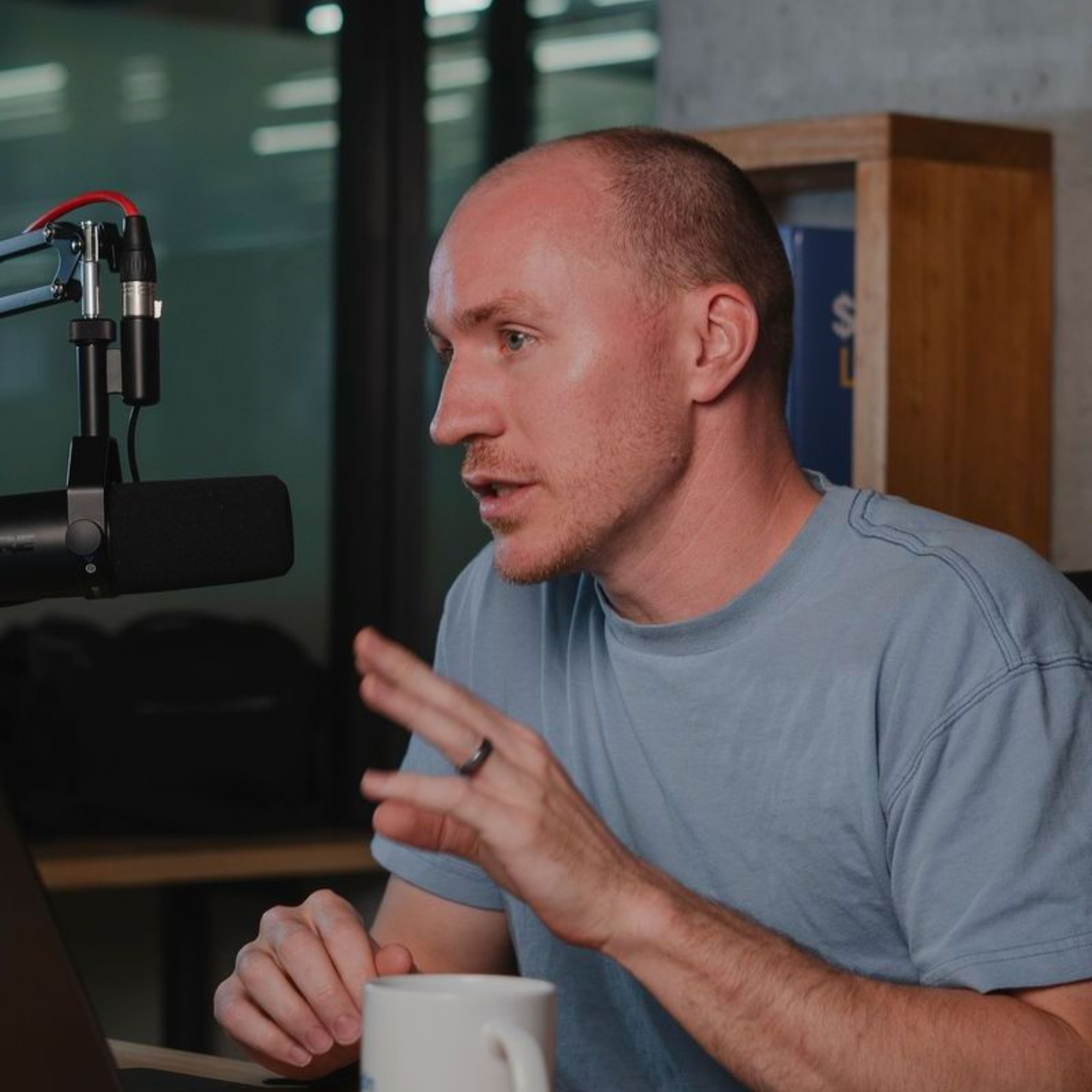The Difference Between Good & Great Interview Answers: A Guide to Interview Success
TL;DR
- Good answers check boxes; great answers leave a lasting impression.
- Hiring managers want impact and value, not just tasks.
- Use the STAR method to structure clear, specific stories.
- Show self awareness, leadership skills, and problem solving with real examples.
- Highlight interpersonal skills, not just technical ones.
- Bring energy, preparation, and confidence to every answer.
- Interviews are a two-way street, ask smart questions and know your value.
Introduction to the Interview Process
The interview process is a filtering mechanism. It’s how hiring managers decide which candidates move forward and which get cut. If you’re aiming for your dream job, you can’t just be “good.” You need to stand out.
That starts with how you answer interview questions.
Not with fluff. Not with generic stories.
With structured, self-aware, results-driven answers that actually
show who you are, not just
say it.
Over the past 13+ years, including my time as an L7 Senior Manager at Amazon, I’ve interviewed thousands of candidates. What separated the best candidates wasn’t raw intellect or big job titles. It was their ability to turn common questions into powerful insights about their leadership skills, interpersonal skills, and problem solving abilities.
My Personal Experience
When I interviewed candidates at Amazon, I was trained by Bar Raisers, a team of senior interviewers responsible for raising the hiring bar across the company.
Their job?
To separate the “good” from the “great.”
And I learned quickly that it’s not about credentials or job titles, it’s about how candidates communicate their value.
Here’s what stood out to me in the best responses:
- A great answer teaches me something new about the candidate; their thinking, their approach, or their leadership style.
- A great answer shows measurable impact; not just what they did, but why it mattered.
- A great answer is structured, confident, and memorable; it sticks with you long after the interview ends.
If you're serious about landing your dream job, stop settling for “good enough.”
Aim for great.
Great answers don’t just get you to the next interview; they get you offers.
Read on to learn not only how to have great interview answers, but how to have a great interview overall.
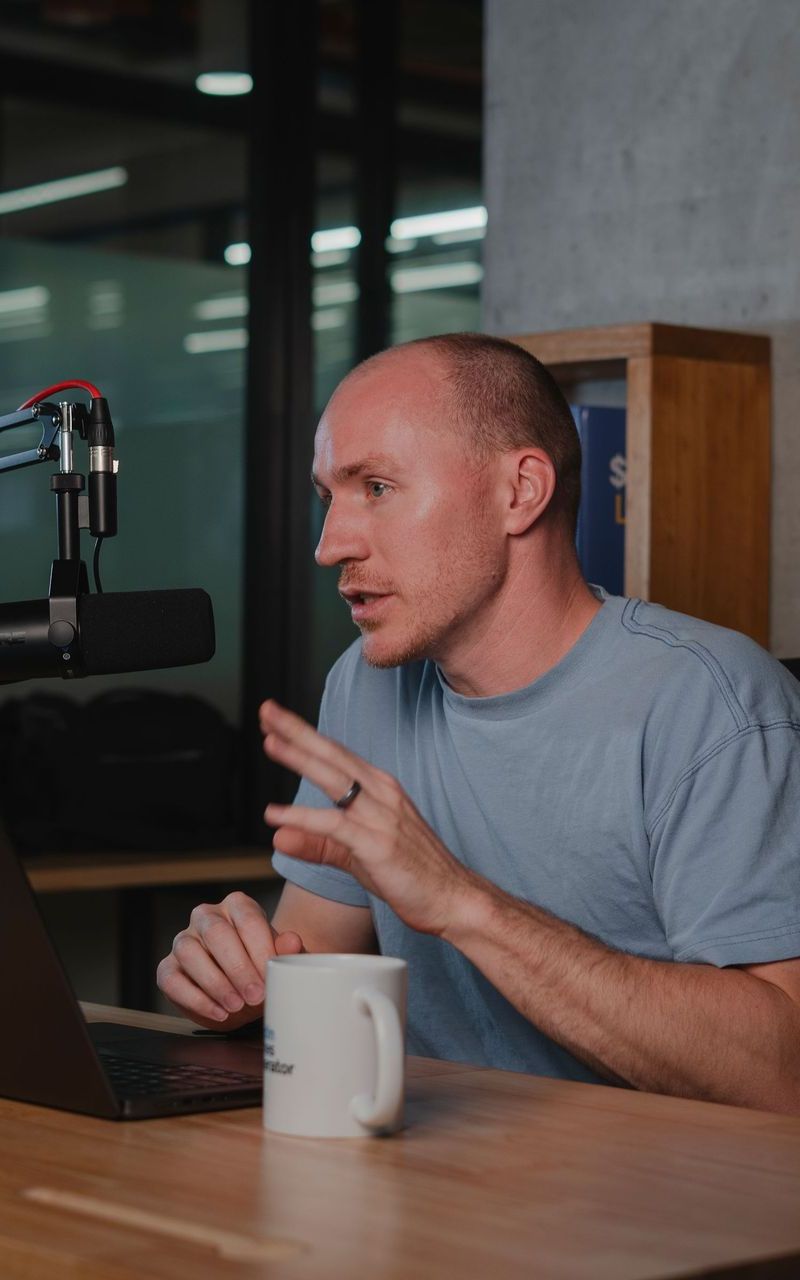
Understanding Interview Questions
Most interview questions are traps, at least for unprepared candidates.
They’re designed to evaluate communication skills, problem solving, relevant skills, and how well you understand your own strengths and weaknesses. And while some are phrased differently, they all share one goal: to help interviewers identify the right candidates.
- Behavioral questions: “Tell me about a time when…”
- Situational questions: “What would you do if…”
- Softball openers: “What’s your biggest weakness?”
What hiring managers are really doing is digging for patterns. Patterns of behavior, self-awareness, and your ability to reflect on lessons learned. If you’re not prepared, even basic questions can trip you up, and make you sound like every other candidate.
Preparing for the Dream Job
Preparation isn’t optional. It’s the foundation.
Start by digging into the company’s culture, mission, and the job description. Identify where your leadership skills, communication strengths, and past results align with their needs.
Then, prep answers for common questions with specific examples from your past roles.
- Why do you want this job?
- What challenges have you faced?
- What’s your biggest weakness?
- How do you handle feedback?
The goal isn’t to memorize a script; it’s to build a set of talking points backed by real life examples that show why you’re a great fit for the role and work environment.
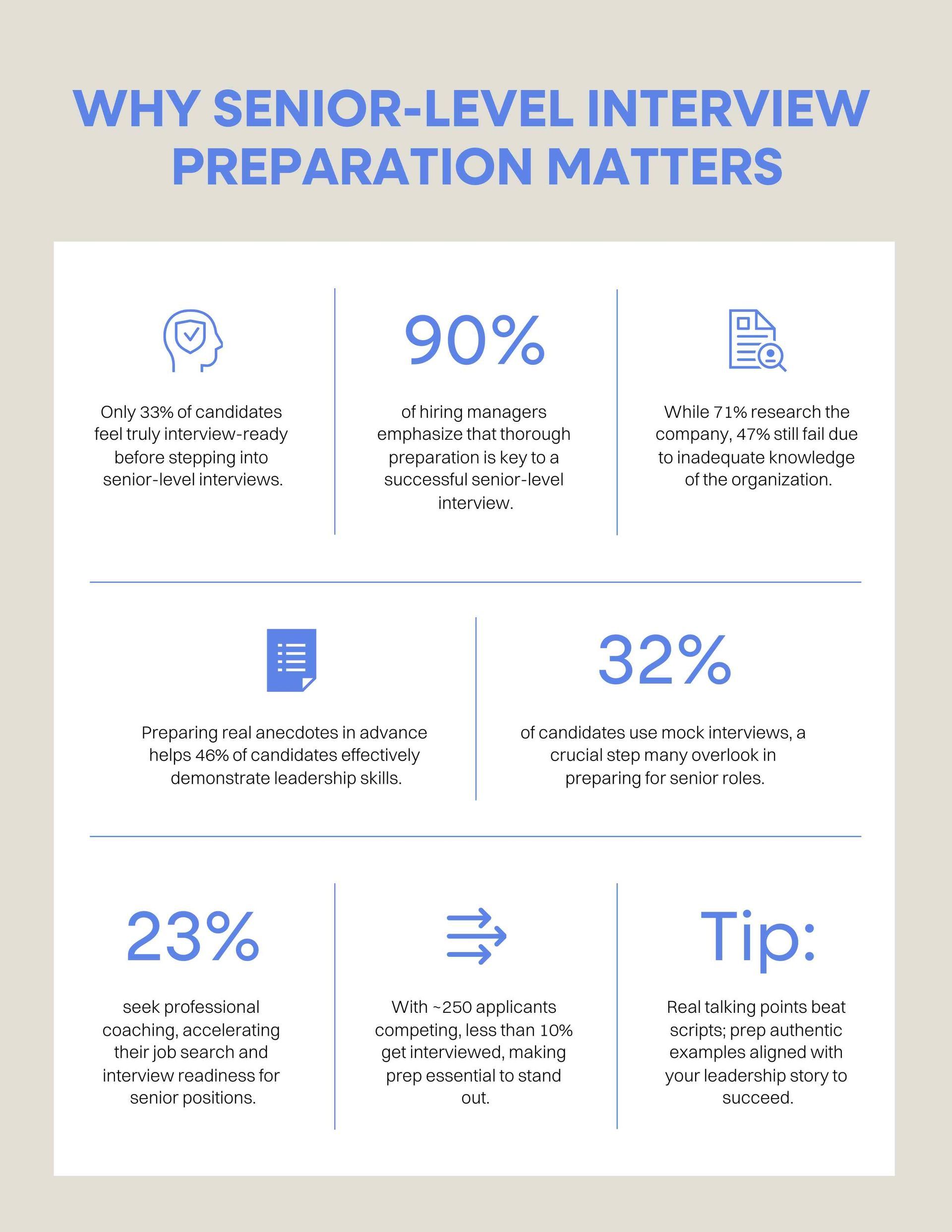
Crafting a Good Answer
Here’s the thing: a good answer checks boxes. It’s clear. It’s technically correct. But it won’t separate you from other candidates.
A good answer sounds like:
“I delivered the task that was assigned by leadership. I built a plan, organized, and executed.”
It’s fine. But it doesn’t leave a mark.
- It explains what you did
- But it doesn’t highlight your unique value
- It doesn’t show self-awareness or impact
This is where most candidates stop.
Moving to a Great Answer
A great answer?
It lands.
It shows impact, context, and a key insight.
It shows that you’re not just a doer, you’re a builder. Someone who improves the system, not just operates inside it.
A great answer sounds like:
“I identified an opportunity to improve something leveraging data analytics or a key insight. I built a plan, organized a group, and drove the team to execute.”
Why does this work?
Because it’s value creation, not just task completion.
In interviews, great candidates:
- Use the STAR method to frame stories (Situation, Task, Action, Result)
- Show how their work created measurable results
- Share why their actions mattered, what changed as a result
→ A good answer tells me what you did.
→ A great answer tells me why it matters.
This is the difference between good & great interview answers.
Navigating Your Current Job
When asked about your current job, skip the surface-level summaries.
Don’t say:
“I lead a team of five and manage projects.”
Instead, get specific:
- What metrics moved?
- What lessons did you learn?
- What feedback did you act on?
- What systems did you improve?
- What processes did you optimize?
Use direct examples that show impact, not just responsibilities.
For instance:
- “Launched a new onboarding flow that cut early attrition by 15%.”
- “Reduced reporting time by 20% by building an automated dashboard.”
- “Led a cross-functional team that delivered a product launch 2 weeks early.”
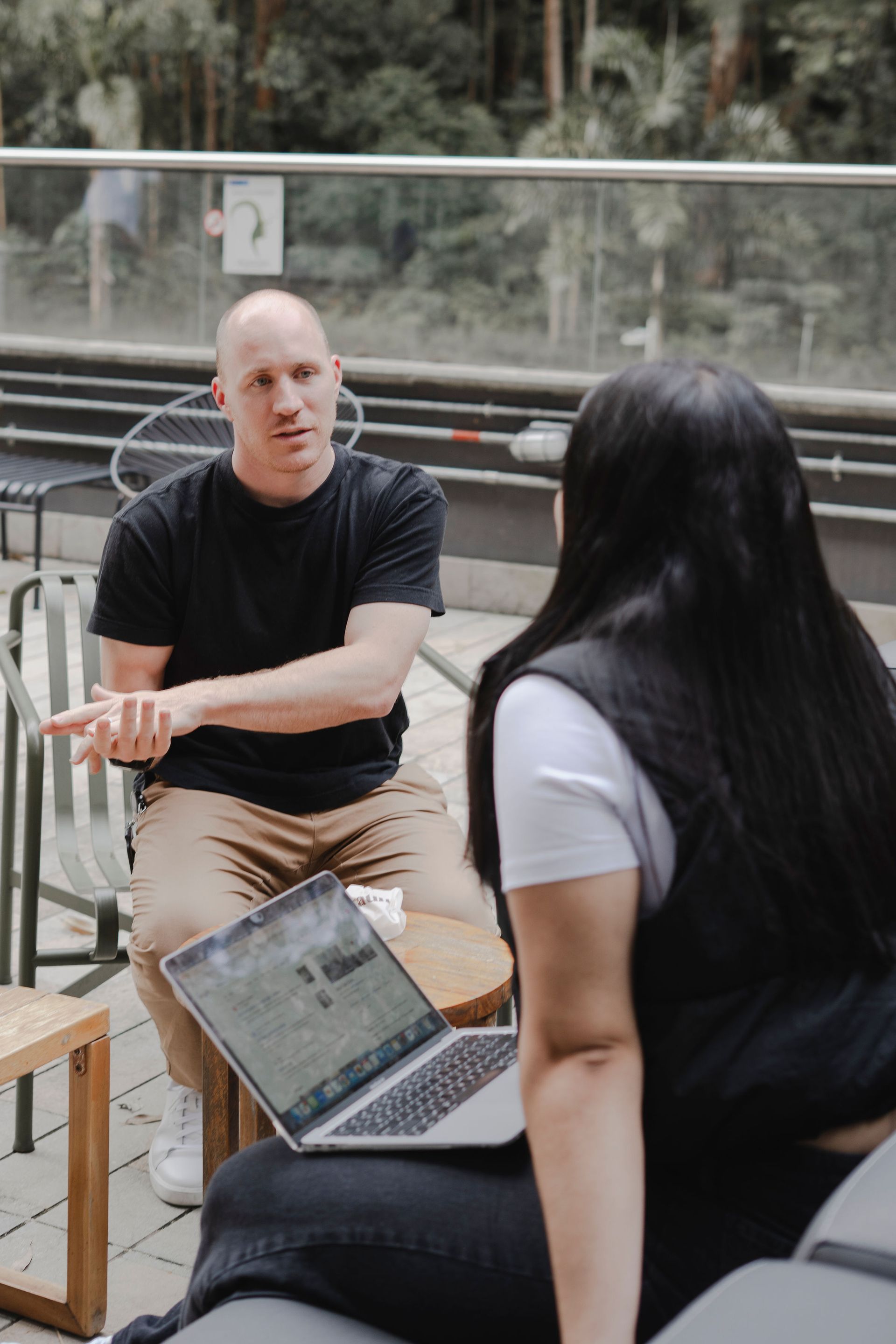
Stay Positive and Reflective
Even if your last job was tough:
- Don’t dwell on toxic environments
- Avoid blaming leadership or teammates
- Skip complaints about longer hours or poor management style
Instead, focus on:
- Growth: How did you evolve in your role?
- Self reflection: What feedback did you take seriously?
- Work environment: How did you contribute to team culture?
- Self improvement: What skills or soft skills did you sharpen?
What Hiring Managers Want to Know
Use your current job to answer these unspoken questions:
- Can you hit the ground running in a new role?
- Can you work independently without handholding?
- Can you adapt, lead, and take on more responsibility?
Remember: Good answers describe tasks.
Great answers show growth, impact, and leadership maturity.
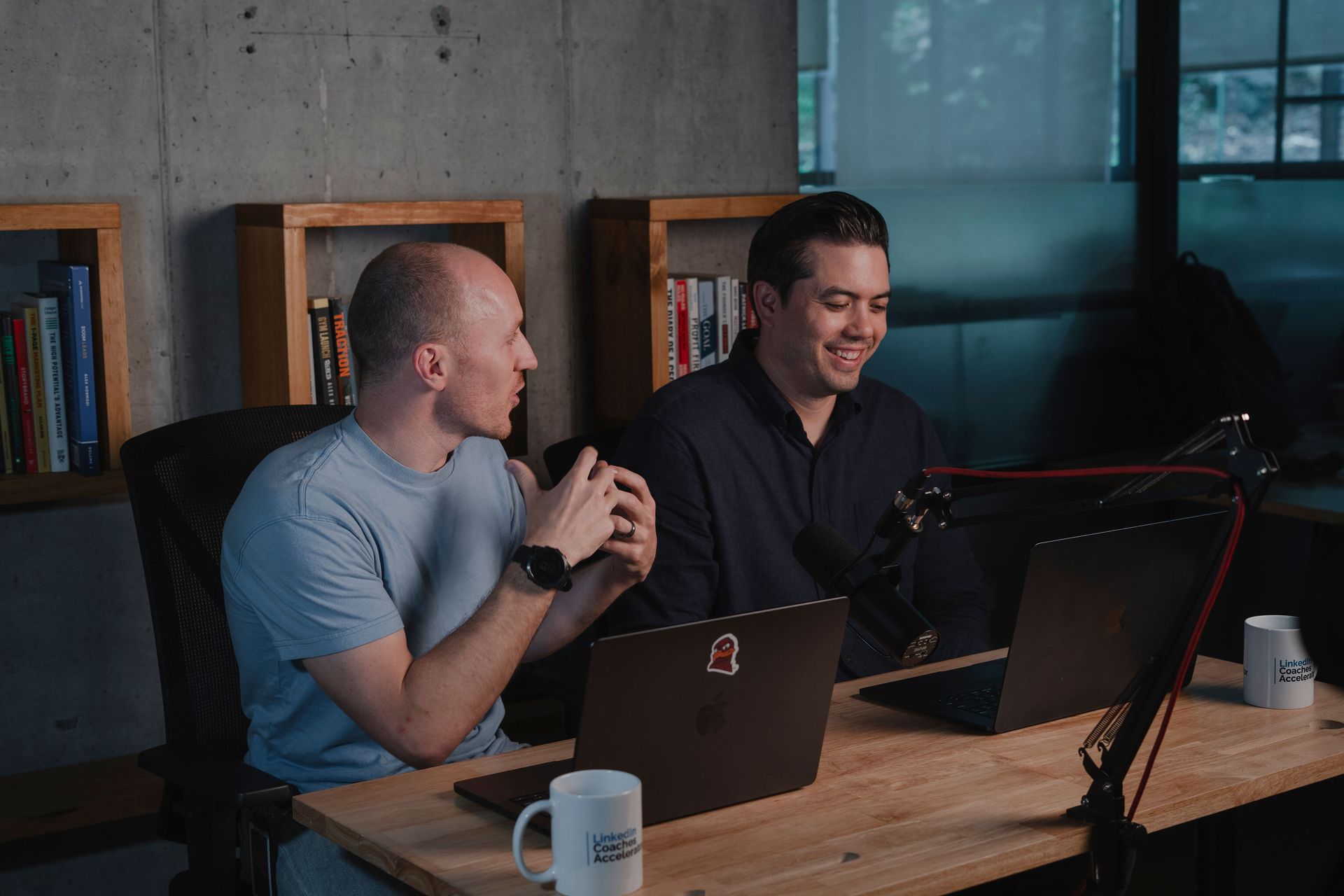
Developing Interpersonal Skills
Soft skills aren’t just soft, they’re essential. Communication, feedback, collaboration, and adaptability are what make high-performing teams actually work. And in interviews, they’re often the difference between a “maybe” and a “yes.”
Great candidates don’t just mention interpersonal skills, they demonstrate them with clear examples.
Show how you:
- Built trust with teammates across levels, functions, and cultures
- Navigated tough conversations with empathy, honesty, and clarity
- Set healthy boundaries to avoid burnout and model sustainable leadership
- Used feedback (both giving and receiving) to grow yourself and your team
- Adapted your communication style to suit different audiences or work environments
Signals like emotional intelligence, self awareness, and strong people skills are just as critical as technical know-how. Hiring managers are watching for how you:
- Handle conflict
- Support others’ success
- Take constructive criticism
- Contribute to a team’s overall energy and resilience
These are the small details that make a big difference. Don’t just say you’re “collaborative,” prove it.
Addressing Big Deal Topics
Topics like salary, benefits, and career growth can feel awkward to bring up, but great candidates know how to navigate them with confidence and professionalism.
Here’s how to approach these conversations:
- Be direct, not aggressive. Ask about compensation, benefits, and advancement opportunities in a way that’s clear but respectful.
- Frame your questions strategically. Try:
- “How does this role contribute to broader team goals?”
- “How is success measured here in the first 6 to 12 months?”
- “What are the typical growth paths for someone in this position?”
- Connect your performance to outcomes. Show that you understand how your results tie into company objectives, not just personal gain.
- Know your value. Back up your expectations with data; industry benchmarks, prior performance metrics, or market compensation tools.
Remember: Interviews are a two-way street. You’re not just trying to land the job, you’re trying to make sure it’s the right job.
And being clear about what matters to you? That’s a sign of maturity, not entitlement.

Overcoming Your Biggest Weaknesses
This one trips up a lot of people. It’s a tough one because it requires honesty and strategy.
The wrong answer sounds vague, overly polished, or defensive:
“I care too much.”
“I’m a perfectionist.”
The right answer shows:
- Self reflection – You’ve taken time to understand your blind spots
- Self improvement – You’re actively working on the issue
- Forward momentum – You’re getting better, and here’s how
Great candidates dig deep and offer real, relatable insights. For example:
“Earlier in my career, I struggled with public speaking. I used to avoid presenting, but I realized it was limiting my impact. I enrolled in a training course and now lead monthly leadership briefings. It’s still a growth area, but I’ve come a long way.”
When discussing your biggest weakness, keep these tips in mind:
- Choose something real, not a disguised strength
- Explain what you’re doing to grow
- Tie it back to your leadership skills or professional development
- Keep the tone confident, not apologetic
Being self-aware enough to own your development and talk about it openly is one of the strongest signals you can send in any interview.
Using the STAR Method
The STAR method isn’t just a structure, it’s a storytelling tool. It helps you turn experiences into compelling, results-driven answers that hiring managers actually remember.
Great candidates don’t ramble, they guide the interviewer through a clear, relevant example that shows impact and intentionality.
Use this format to upgrade your answers:
- S – Situation: Set the stage. What was the context or challenge?
- T – Task: What was your responsibility or the goal you were trying to achieve?
- A – Action: What specific steps did you take? Focus on the contributions you made.
- R – Result: What happened? Share measurable outcomes, success metrics, or what changed.
Bonus tip: Always close with a key insight; something you learned, improved, or would approach differently next time. This shows self-awareness and growth.
Whether you’re answering a common interview question or tackling something more nuanced, STAR gives your response a clean arc that’s easy to follow, and hard to forget.
A good career coach can help you master the STAR method. Be sure to read my article on
determining whether career coaching is right for you if you're on the fence about it.
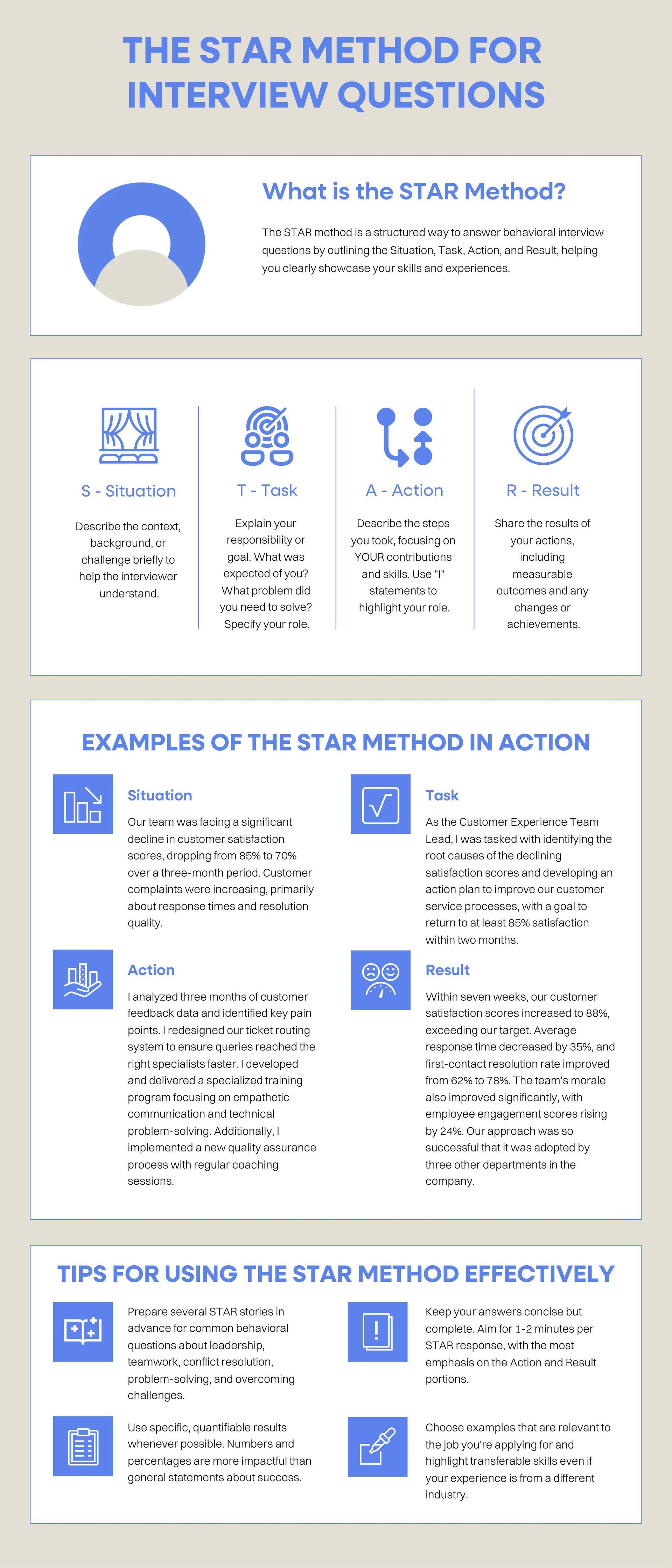
Showing Enthusiasm and Passion
Most people hope the interviewer understands they want the job. Great candidates make it unmistakable.
Use your:
- Tone – Speak with confidence and clarity
- Preparation – Reference specific details about the company, team, or role
- Energy – Stay engaged, ask thoughtful questions, and show genuine curiosity
Make it clear this isn’t just another interview, it’s a role you’ve thought deeply about and are excited to step into.
Hiring managers pay attention to how you say things. Your delivery matters just as much as your content. Enthusiasm shows up in:
- The level of detail in your examples
- How you talk about the company’s mission
- Eye contact and posture (in person or on video)
Don’t downplay your excitement. Passion is contagious, and it’s often what separates someone who’s a “good fit” from someone who’s the right hire.
Providing Specific Examples
If I had to pick one thing that separates average from excellent candidates, it’s this:
Specificity.
Vague answers blend in. Specific examples stand out.
- Not: “I helped improve retention.”
- Better: “I implemented a new onboarding flow that improved 30-day retention by 18%.”
When you give clear metrics, direct examples, and real outcomes, hiring managers immediately see:
- What you actually did
- The scale of your impact
- How your skills align with the role
Great answers include:
- Names of tools or systems used
- The “before and after” of a situation
- Measurable results (percentages, dollar impact, time saved)
Good answers sound like theory.
Great answers sound like you’ve done it.
Demonstrating Skills and Experience
Final tip: show, don’t tell.
This isn’t the time to recite your resume, it’s your chance to bring it to life with real, tangible examples that connect directly to the job.
Focus on how you’ve applied your skills in ways that made a difference. Highlight:
- Systems or processes you built, streamlined, or scaled
- Problem solving during high-stakes or ambiguous situations
- Leadership skills in fast-moving or high-pressure environments
- Communication skills when stakes were high or emotions were elevated
- Core values and how they align with the company’s mission, team, or leadership principles
Tie each example back to outcomes:
- What improved because of your actions?
- How did your involvement create a better result?
That’s what great candidates do, and it’s exactly what hiring managers are listening for.
Take a look at my article on avoiding the most common resume mistakes to boost your interview invitations.

FAQ: Good vs. Great Interview Answers
Q: How long should my interview answers be?
A: Aim for 1–2 minutes per question. Long enough to tell a complete story using the STAR method, but short enough to stay focused and impactful.
Q: What if I don’t have metrics or data for my past accomplishments?
A: Not all impact has to be quantified. You can highlight outcomes like improved processes, team morale, customer feedback, or reduced friction; just make it specific and results-oriented.
Q: Can I bring notes into the interview?
A: Yes. It’s perfectly acceptable and recommended to bring talking points or reminders. It shows you prepared intentionally, not that you’re reading from a script.
Q: What should I do if I blank on a question?
A: Pause, ask for clarification if needed, and take a moment to gather your thoughts. A brief pause shows self-awareness and composure, not weakness.
Q: How many stories should I prepare ahead of an interview?
A: Prepare 5–7 strong STAR stories that reflect different skills: leadership, problem-solving, communication, adaptability, and collaboration. You can often adapt them to answer a variety of questions.
Q: What’s the best way to practice my answers?
A: Practice out loud, record yourself, or do mock interviews with a coach or peer. Focus on clarity, structure, and tone, just like you would for a high-stakes presentation.
Q: How early should I start preparing for interviews?
A: Ideally, before you apply. The best candidates prep proactively, not reactively. If you're already in the process, start now; refining even one story can shift how you're perceived.
Interview Preparation Check-List
Interview prep doesn’t stop at rehearsing lines.
- Research the company
- Review the job description
- Build STAR stories for key questions
- Practice delivery
- Focus on how you say things, not just what you say
Because a good answer checks boxes.
But a great answer?
It creates confidence, tells a story, and makes them remember your name.
All my guidance in this article isn't helpful if you're not getting invited to interviews. If this is you, check out my article on why you're not getting interviews despite doing everything right. We'll get to the bottom of things and help you land interviews!
Final Thoughts
Interview prep isn’t just about memorizing answers or reviewing company websites, it’s about showing up with clarity, confidence, and stories that stick.
Remember this key takeaway:
Good answers check boxes.
Great answers leave a lasting impression.
If you want to move beyond the basics and start delivering the kind of interview responses that get offers, not just callbacks, Broda Coaching can help.
We work with professionals who are ready to level up, land roles they’re proud of, and tell their story in a way that hiring managers won’t forget.
Ready to bring great answers to your next interview?


